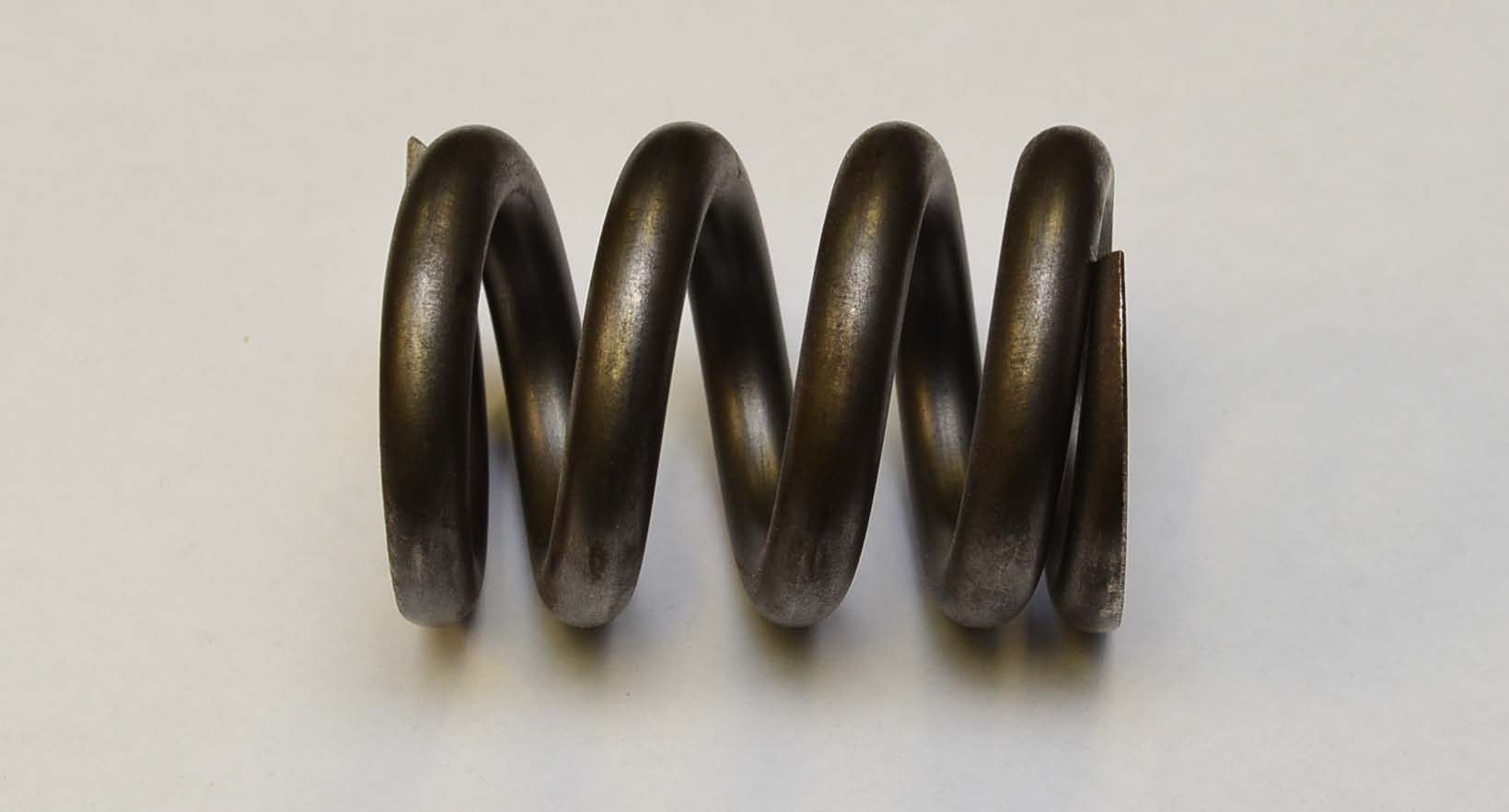Compression springs are helical springs with an open-coil configuration designed to store energy or to resist a force applied along the axis of the coil. The most common form of compression spring is a straight cylindrical coil spring with the ends squared (closed), and a common example is a ball point pen spring. The end coils may also be ground to improve squareness and reduce buckling. Squared and ground compression springs are normally supplied with a bearing surface of at least 270 degrees. For more options, visit our Compression Spring Ends Treatments page.
Custom Compression Springs
Compression springs are manufactured in conical, barrel or hourglass configurations. These forms of compression springs allow for reduced solid height. Compression springs are commonly wound with uniform spacing between the coils however, variable coil spacing can be used to achieve improved performance against buckling and surging. A compression spring with variable pitch assures a spectrum of frequency response as opposed to the single resonant frequency in a compression spring with constant pitch. Compression springs are often installed to operate over a rod or inside a hole. These installations help reduce buckling of the spring body. Design consideration should allow for the diametric increases of the compression spring body when the spring is compressed.

